CARING WITH FAMILY
|
| The level of warmth a breed is expected to display towards their family members or familiar individuals varies greatly. Certain breeds may appear distant and reserved with everyone except their owner, whereas other breeds tend to shower affection upon everyone they are acquainted with as if they were their closest companions. |
LOVE WITH CHILDREN
Unwise
Good With Children
|
| An essential aspect to evaluate in a breed is its level of tolerance and patience towards children, as well as its overall family-friendly temperament. It is crucial to always supervise dogs when they are around young children or children who have limited experience with dogs. |
BEHAVIOR WITH DOGS
Unwise
Good With Other Dogs
|
| The overall amicability of a breed towards other dogs is an important factor to consider. While it is crucial to always supervise and carefully introduce dogs to one another, certain breeds have a natural inclination to get along well with other dogs, whether it is in a home setting or in public. |
SHEDDING LEVELS & MANAGEMENT
No Shedding
Hair Everywhere
|
| It is worth considering the amount of fur and hair a breed tends to shed. Breeds that have a high shedding tendency will require more frequent brushing, may potentially trigger allergies in some individuals and will likely necessitate more regular vacuuming and lint-rolling to keep the environment clean. |
COAT GROOMING STANDARDS
|
| When evaluating a breed, it is important to take into account the frequency of bathing, brushing, trimming and other types of coat maintenance required. It is crucial to consider the amount of time, patience and budget you can allocate for such care. Additionally, it's worth noting that all breeds need regular nail trimming regardless of other grooming needs. |
DROOLING INTENSITY
Less Likely to Drool
Always Have a Towel
|
| Considering a breed's tendency to drool is important. If cleanliness is a priority for you, breeds that leave trails of slobber on your arm or create large wet spots on your clothes may not be the most suitable choice. |
COAT STYLES GUIDE |
| Smooth |
| COAT SPECTRUM |
| Short |
FRIENDLINESS
Reserved
Everyone Is My Best Friend
|
| It's essential to evaluate how welcoming a breed is towards strangers. Certain breeds may exhibit reserve or caution around unfamiliar individuals regardless of the setting. On the other hand, some breeds will eagerly embrace the opportunity to meet new people whenever they come across them. |
LIVELINESS
Only When You Want To Play
Non-Stop
|
| Determining a breed's enthusiasm for play, even beyond puppyhood is significant. Certain breeds will continue to have a strong desire to engage in activities like tug-of-war or fetch well into their adult years. Meanwhile, other breeds will be content to spend most of their time simply relaxing on the couch with you. |
VIGILANCE INTENSITY
What's Mine Is Yours
Vigilant
|
| The inclination of a breed to alert you about the presence of strangers is worth considering. These breeds are more likely to react to any potential threat, whether it be the mailman or a squirrel outside the window. Moreover, they are likely to become friendly towards strangers who enter the house and are accepted by their family. |
ADAPTATION CAPACITY
Lives For Routine
Highly Adaptable
|
| Assessing a breed's adaptability to change is crucial as it encompasses various aspects of life, such as alterations in living conditions, noise levels, weather, daily schedules and other everyday variations. Understanding how easily a breed can handle these changes will help determine the compatibility of the breed with your lifestyle. |
OBEDIENCE LEVEL
Self-Willed
Eager to Please
|
| Considering the ease of training and the willingness of a dog to learn new things is key. Certain breeds have a strong desire to please their owners and are highly trainable always aiming to make their owners proud. In contrast, other breeds may exhibit a more independent nature preferring to do things on their terms, when and wherever they please. |
STAMINA LEVEL
|
| Considering the amount of exercise and mental stimulation a breed requires is important. High-energy breeds are always ready for the next adventure and they thrive on activities such as running, jumping and playing throughout the day. On the other hand, low-energy breeds tend to be more relaxed and content with lounging around and enjoying some rest and relaxation. |
VOCALIZATION
|
| Medium |
LEARNING CURIOSITY LEVEL
Happy to Lounge
Needs a Job or Activity
|
| Considering the mental stimulation a breed requires to stay happy and healthy is crucial. Purpose-bred dogs, who have been specifically bred for certain tasks or jobs often need mental challenges that involve decision-making, problem-solving and concentration. Without adequate mental exercise, these dogs may find their own ways to keep their minds occupied, which might not align with your preferences or be conducive to a harmonious living environment. Providing appropriate mental stimulation is important to prevent boredom and the development of unwanted behaviors. |
| COLORS |
|
Description
|
Registration Code
|
|
Black, White & Red
|
362
|
|
Red & White
|
146
|
|
Blue White & Tan
|
437
|
|
| PATTERNS | . |
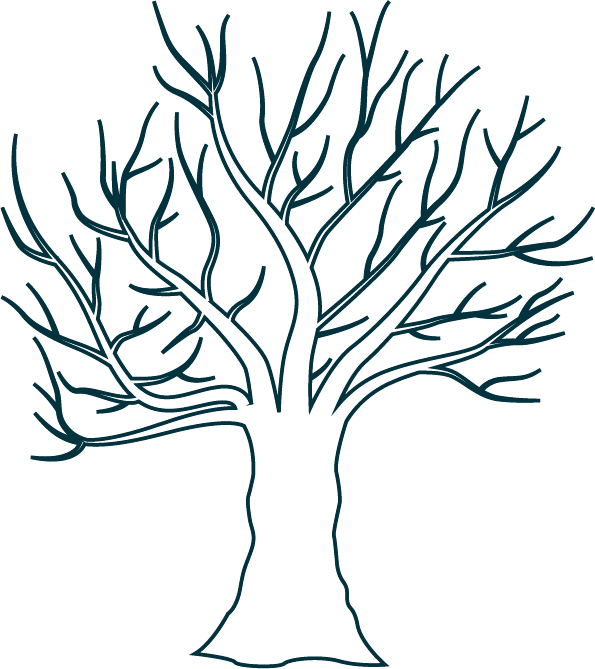


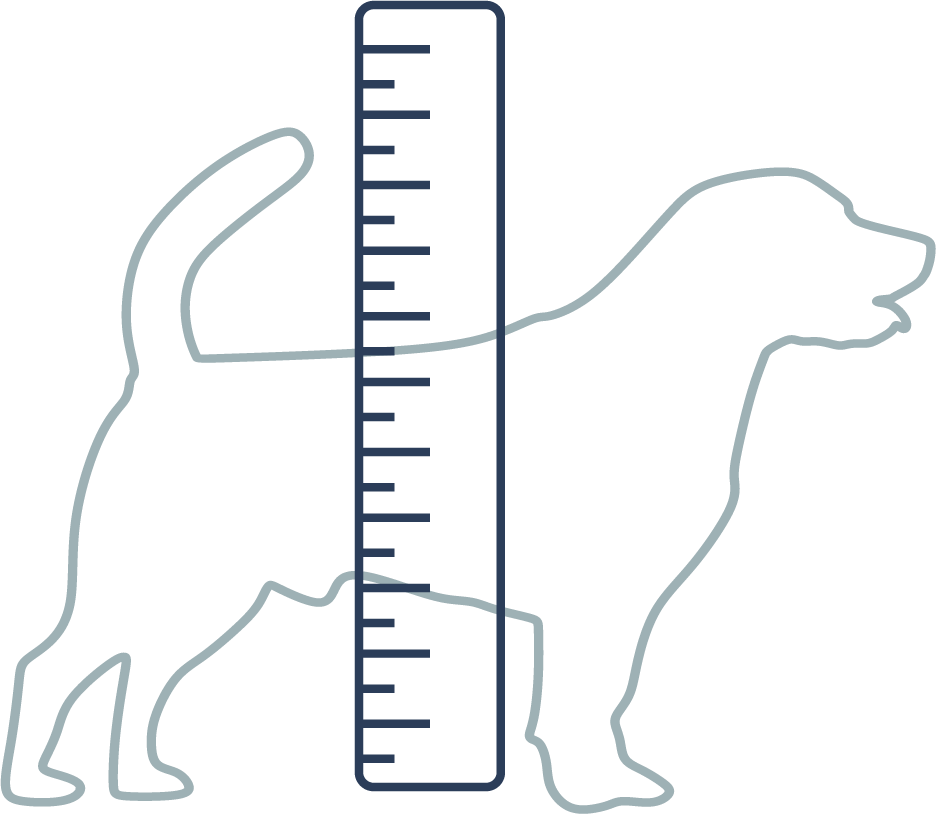
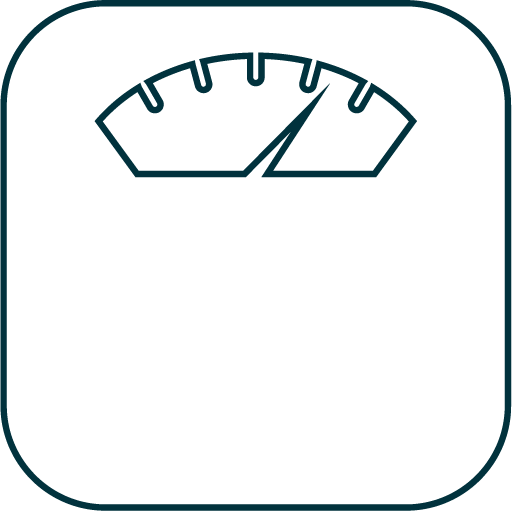

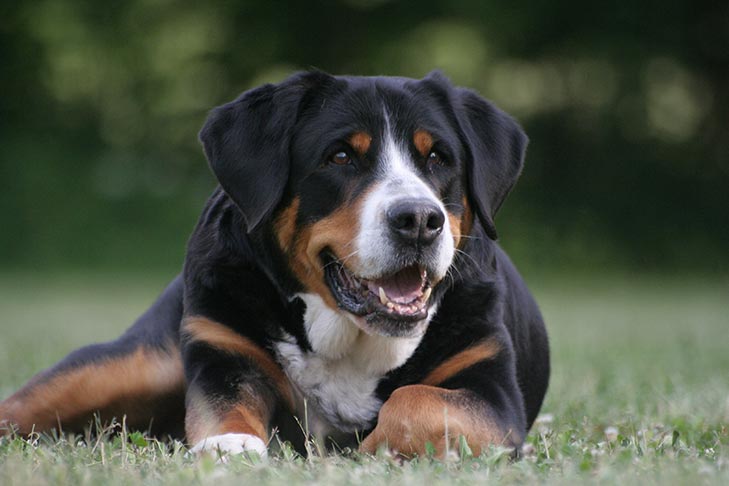
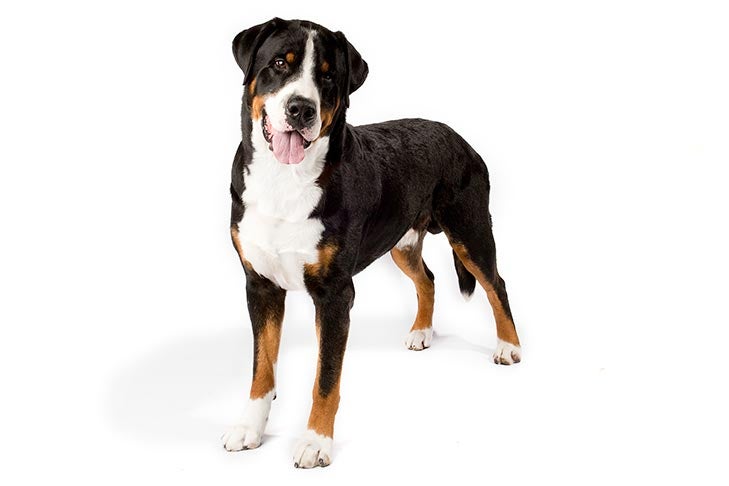
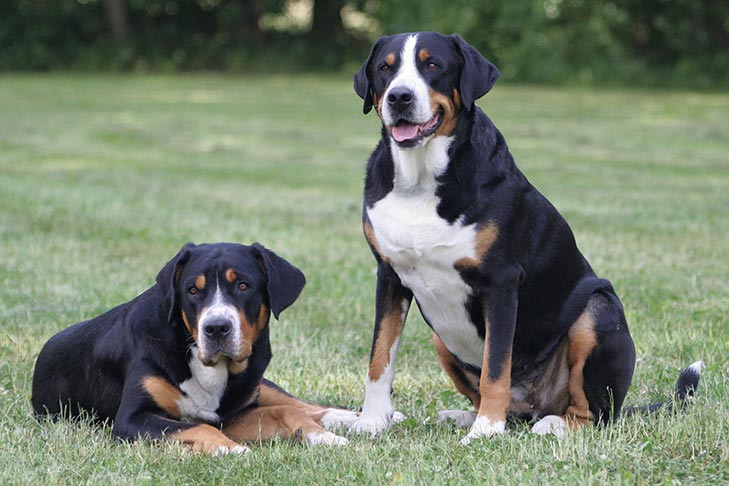
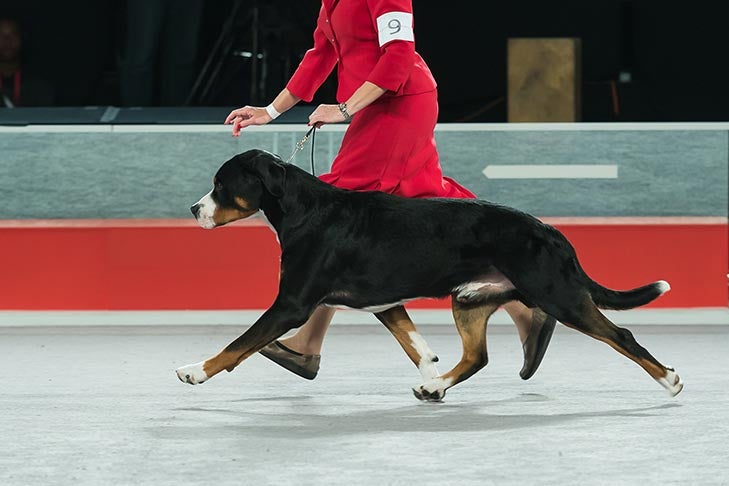




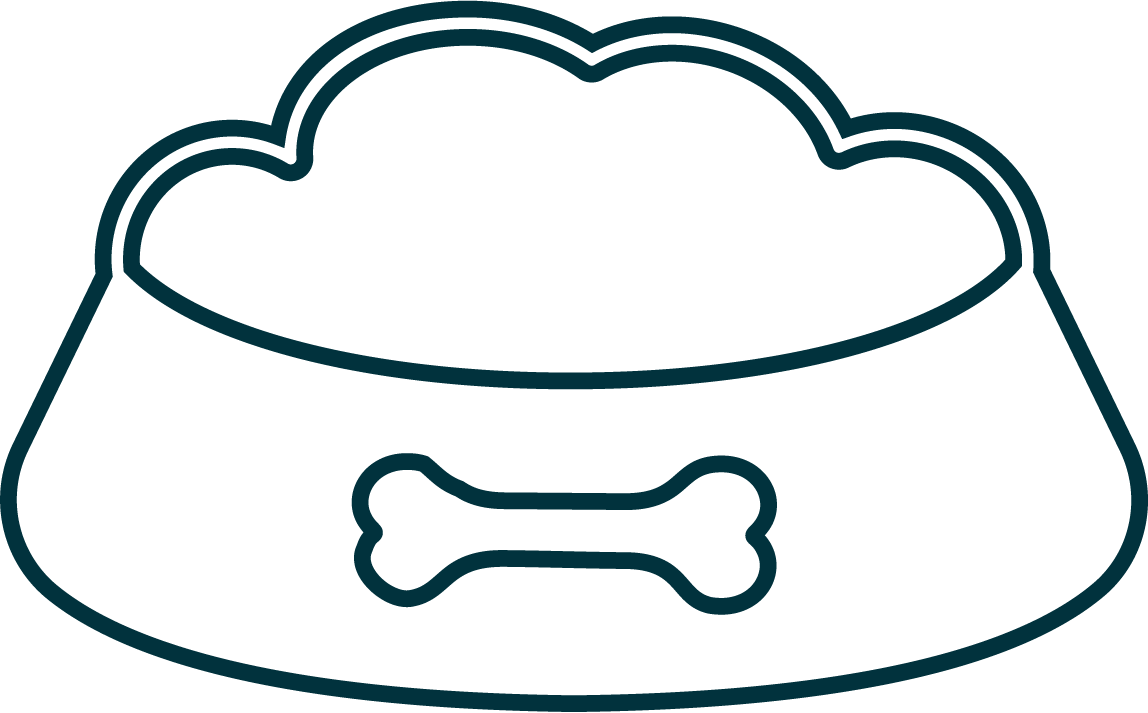


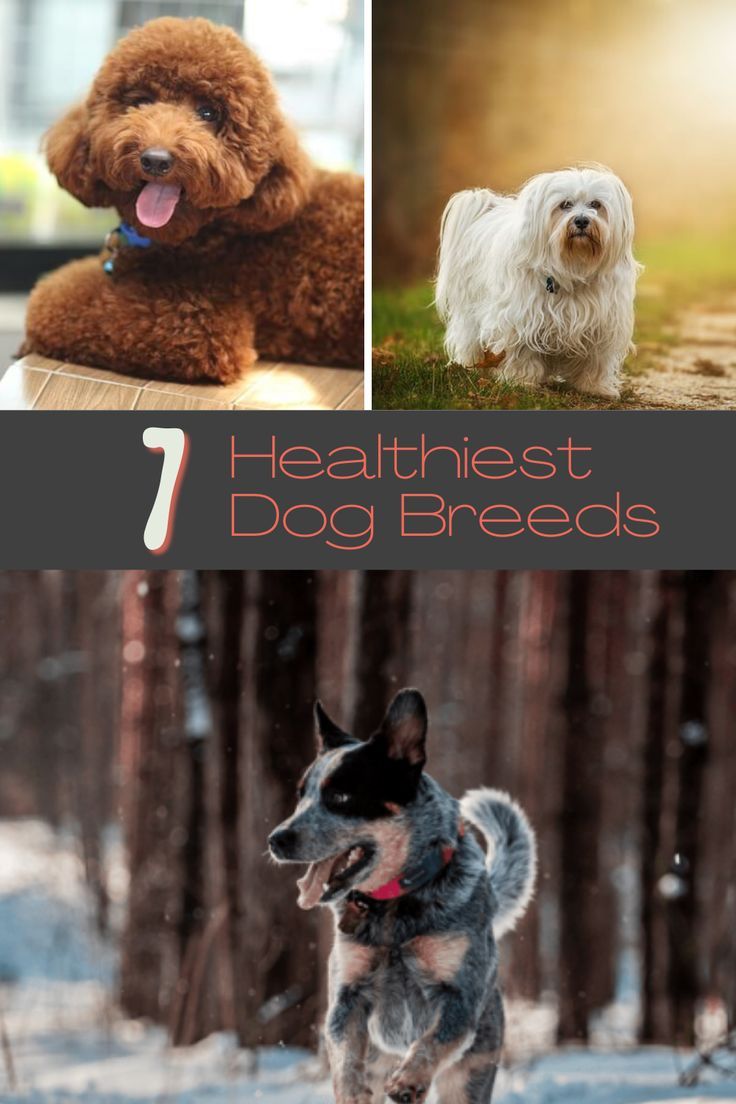

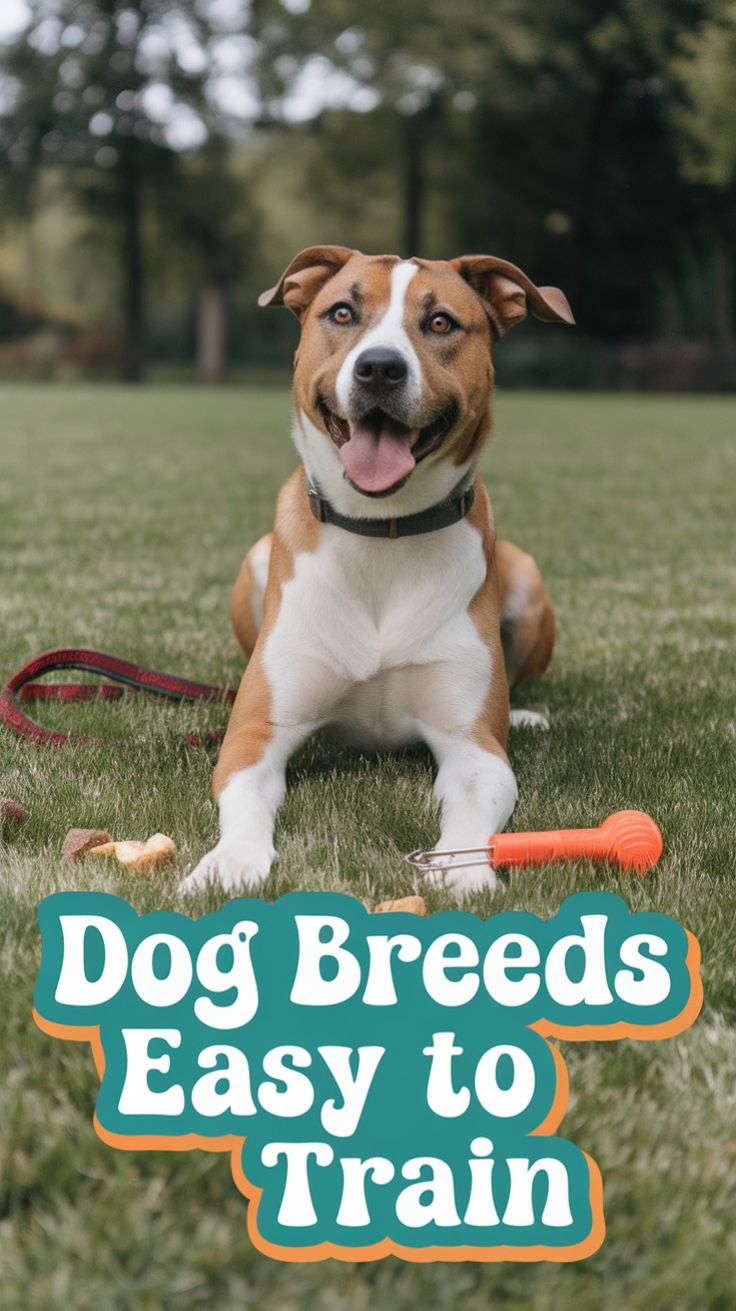
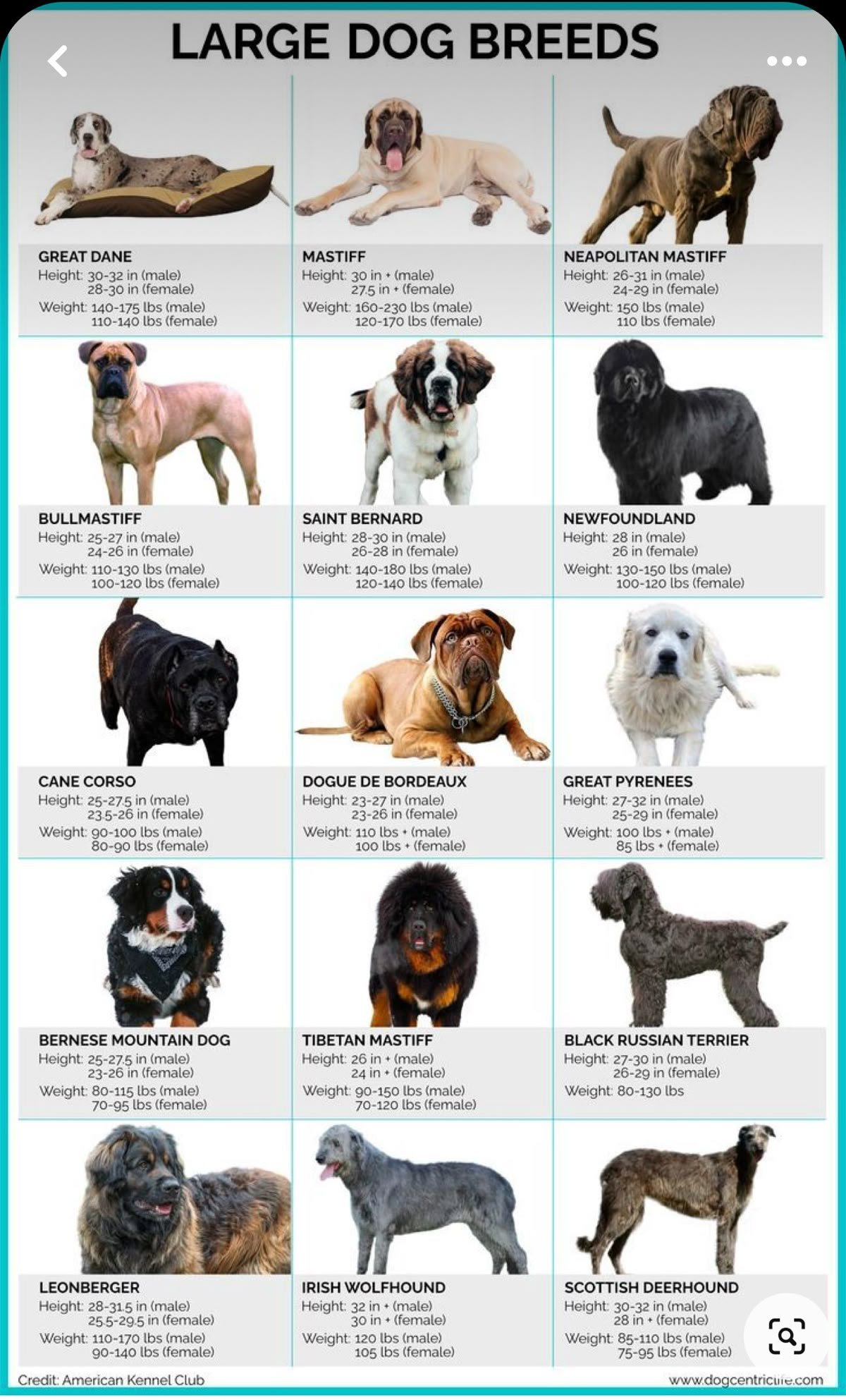



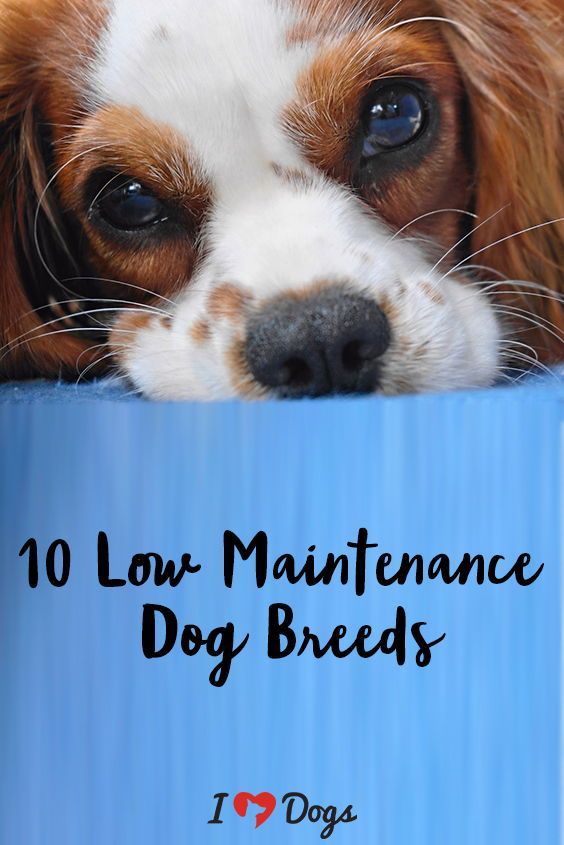
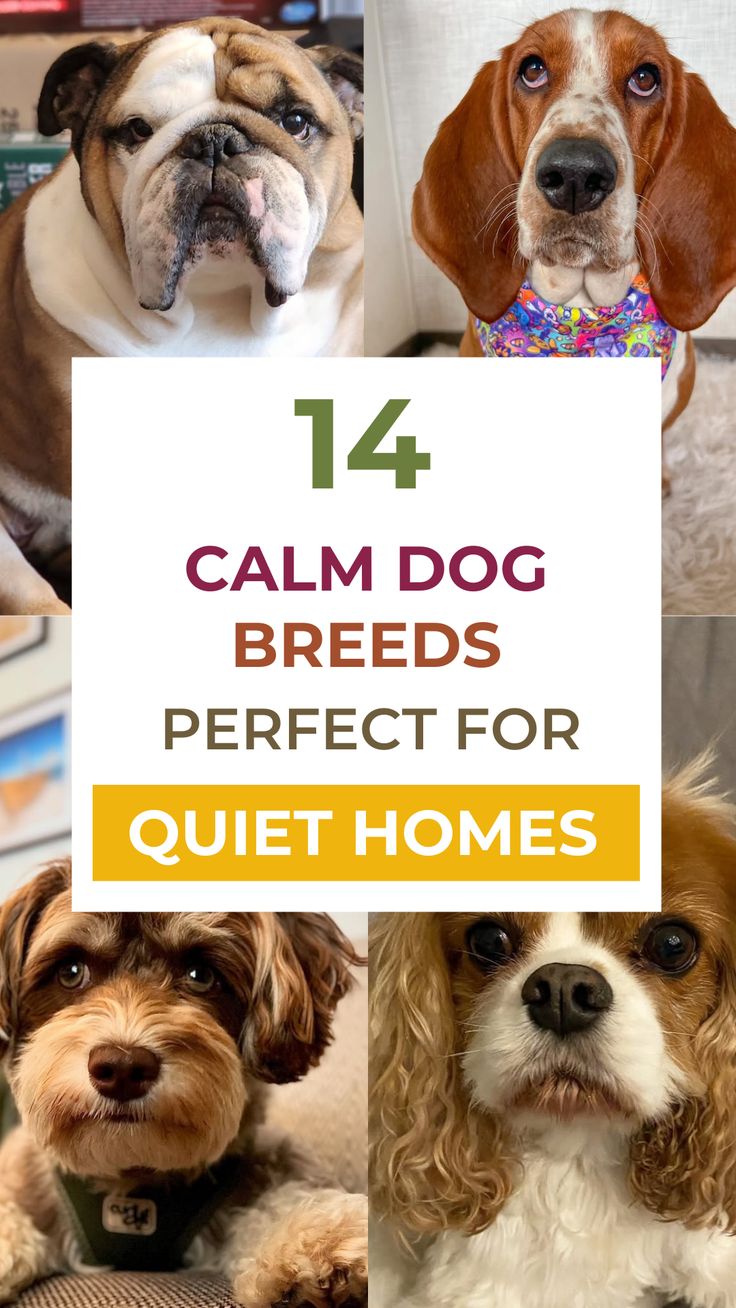

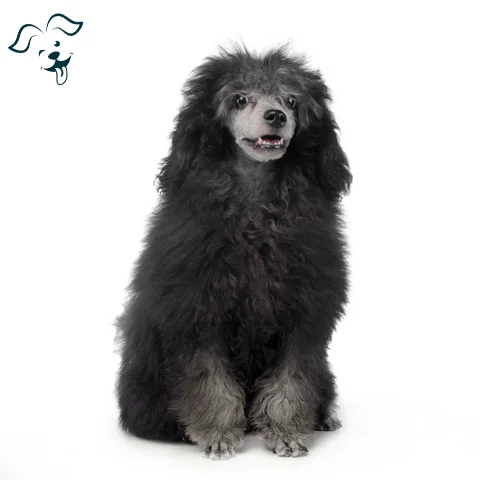
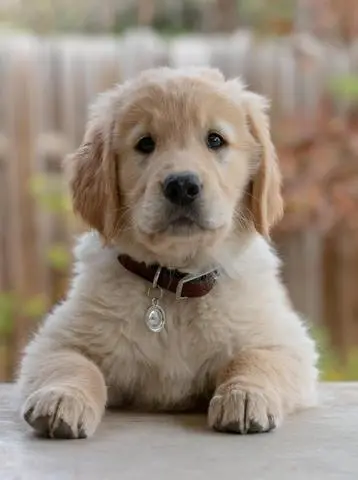

FRIENDLINESS
LIVELINESS
VIGILANCE INTENSITY
ADAPTATION CAPACITY